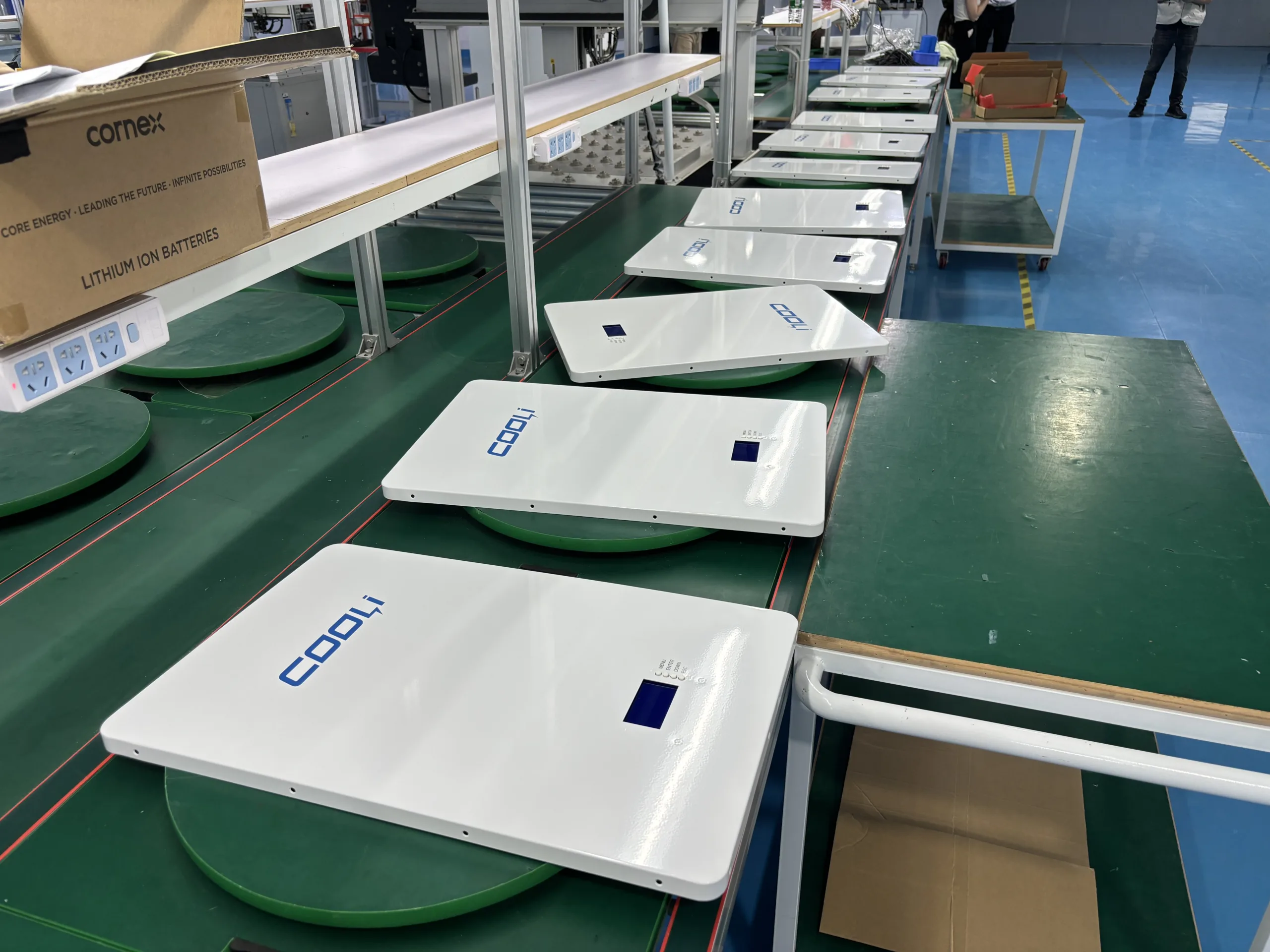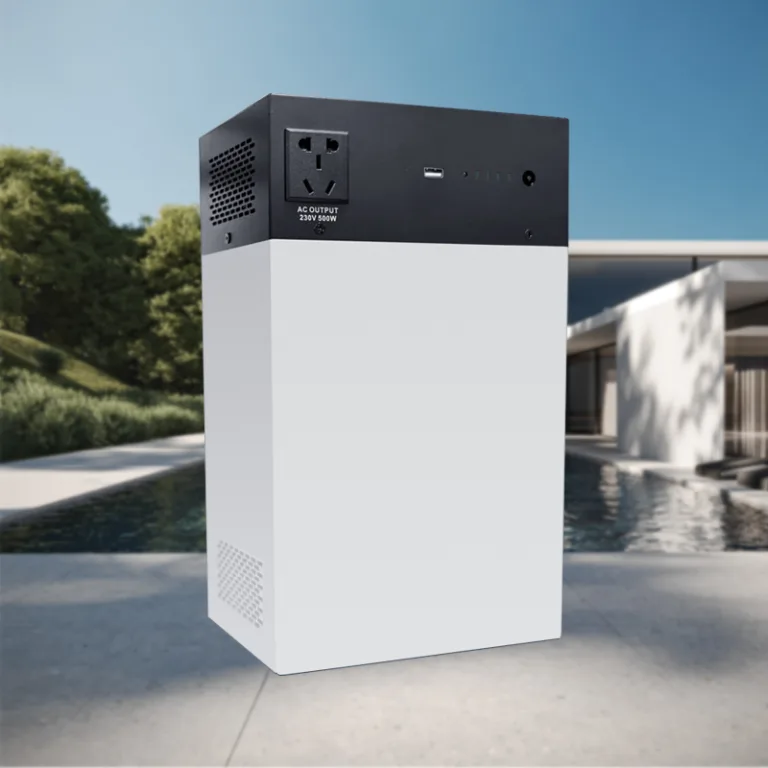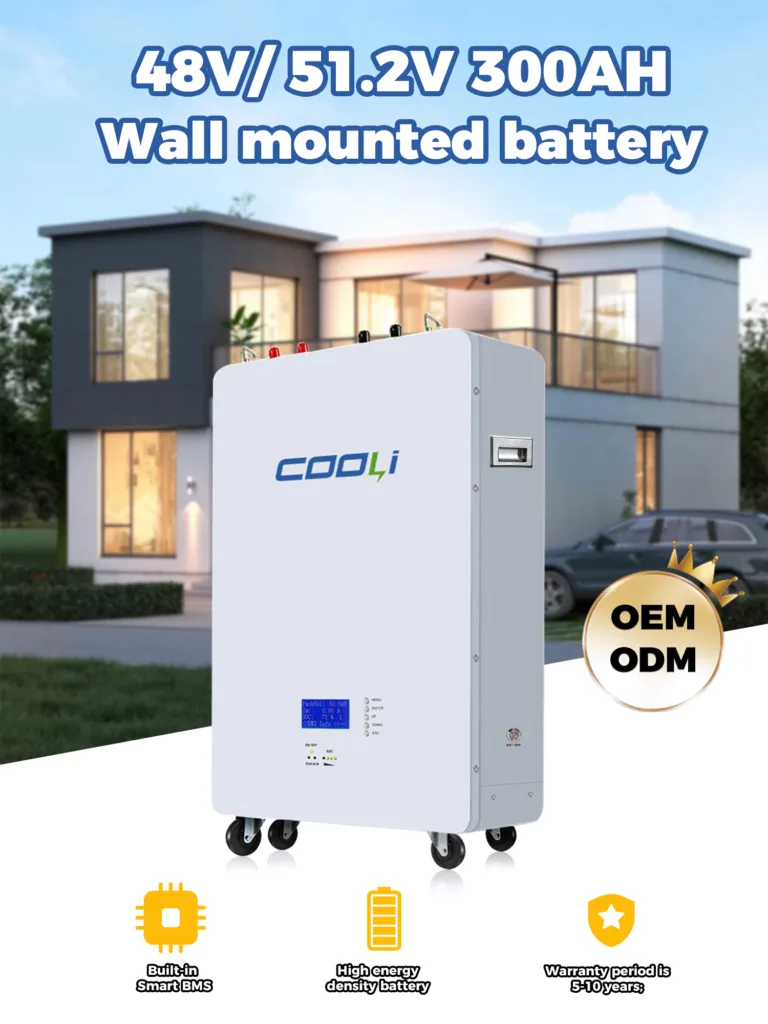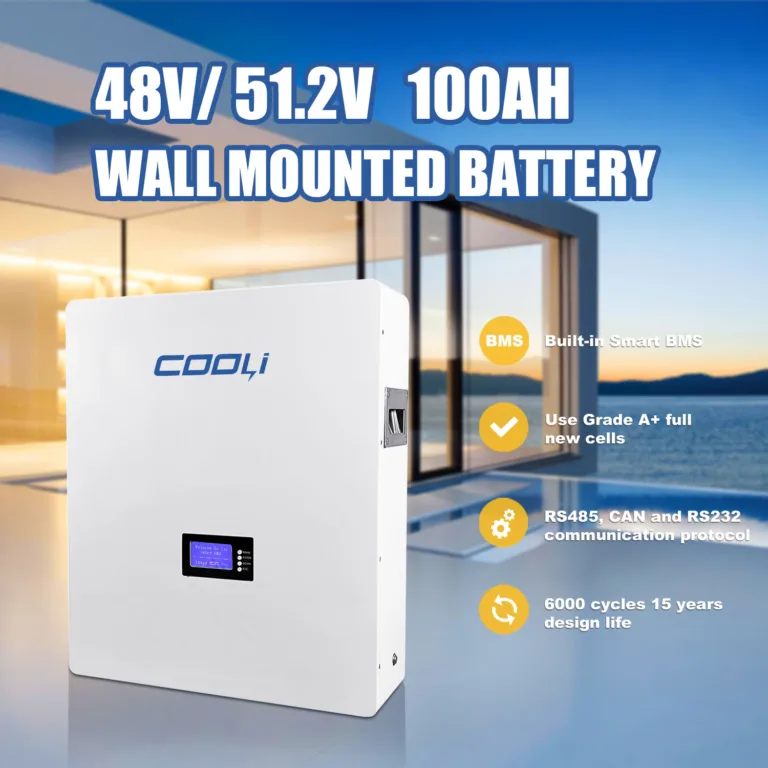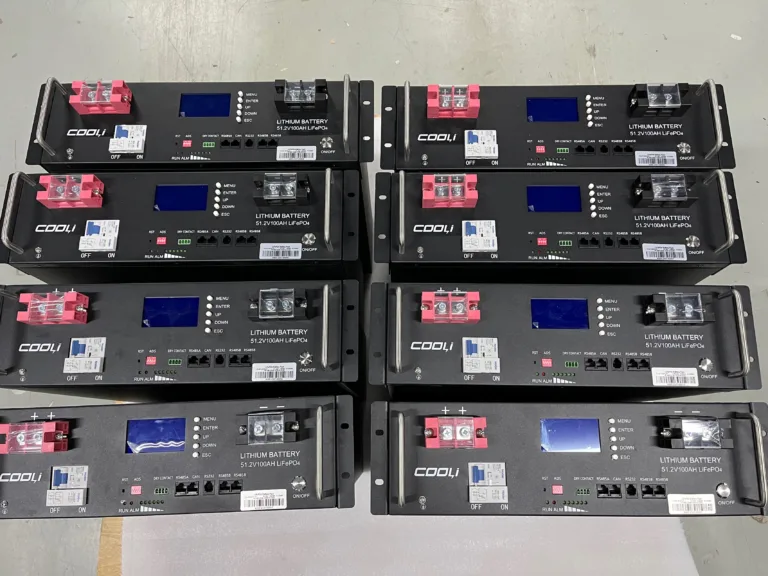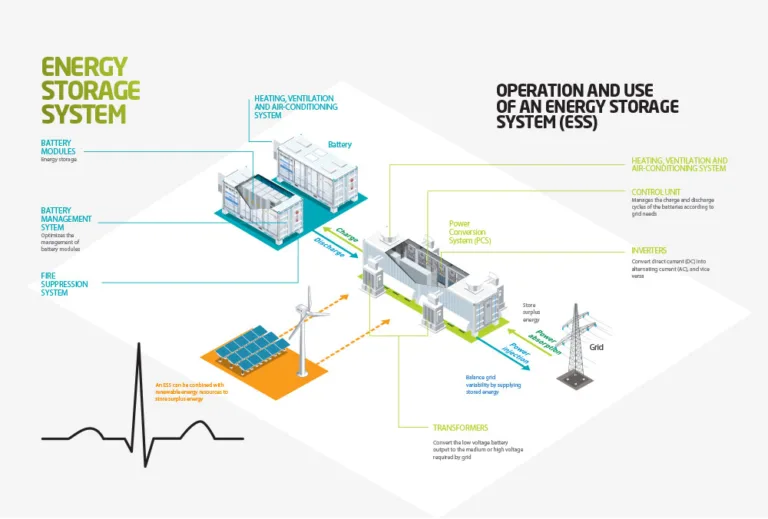5kWh LiFePO4 Battery in Vietnam: Key Insights & Trusted Suppliers (2025 Update)
5kWh LiFePO4 Battery in Vietnam: Best Prices, Suppliers & FAQs (2025 Guide)
As Vietnam’s energy demands surge, 5kWh LiFePO4 batteries are becoming a cornerstone for homes, businesses, and renewable projects. This updated guide answers critical questions while spotlighting Humsienk, PKNERGY, and Coolithium—three trusted suppliers with proven expertise in Vietnam’s evolving market.
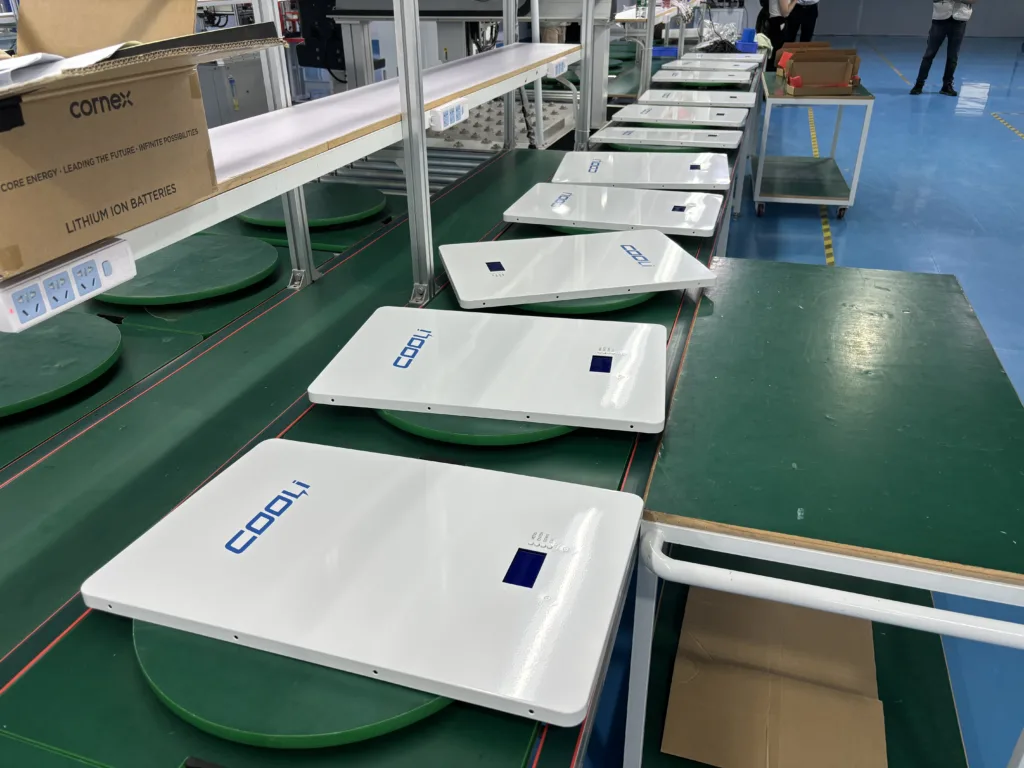
1. How Long Will a 5kWh LiFePO4 Battery Last?
Runtime depends on power consumption, but premium brands like Humsienk (15,000+ cycles at 90% DoD) and Coolithium (8,000 cycles with IP67 waterproofing) ensure longevity. For example:
- Low-load devices (e.g., LED lights): Up to 50 hours.
- Medium-load appliances (e.g., fridge, TV): 8–12 hours.
Coolithium’s modular design allows easy capacity expansion, ideal for Vietnam’s fluctuating energy needs.
2. Is a 5kWh Battery Enough for a Vietnamese Household?
Yes, for essentials during outages:
- Core appliances: Fans, lights, Wi-Fi, and a refrigerator (1.5–2kWh/day).
- Solar integration: Pair with rooftop PV for 4–6 hours of evening power.
Coolithium ’s 5kWh systems support parallel configurations (up to 10 units).
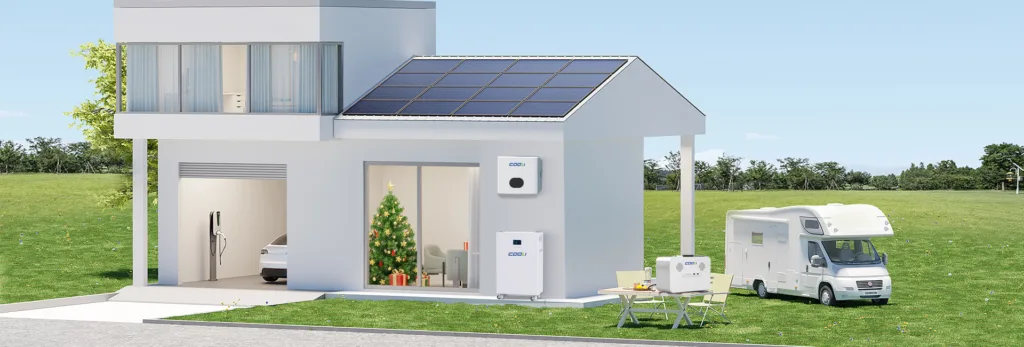
3. Top Applications in Vietnam
| Scenario | Supported Devices | Supplier Highlight |
|---|---|---|
| Home Backup | Lights, fridge, TV | Coolithium’s IP67-rated units for humidity resistance |
| Solar Storage | Inverters, routers | Humsienk’s 15-year lifespan with 5-year warranty |
| Small Business | POS systems, refrigeration | PKNERGY’s scalable PowerWall systems |
4. Disadvantages of LiFePO4 Batteries
While LiFePO4 is safer and longer-lasting than lead-acid, consider these trade-offs:
- Higher upfront cost: ≈2–3x more expensive than lead-acid, but lower lifetime cost.
- Temperature sensitivity: Charging below 0°C requires reduced current (e.g., 0.05C at -20°C).
- Weight: ≈40–60 kg for 5kWh models (e.g., BZ’s wall-mounted unit weighs 57kg)2.
- Voltage management: Requires a BMS to prevent overcharging (e.g., Victron systems need precise voltage control).
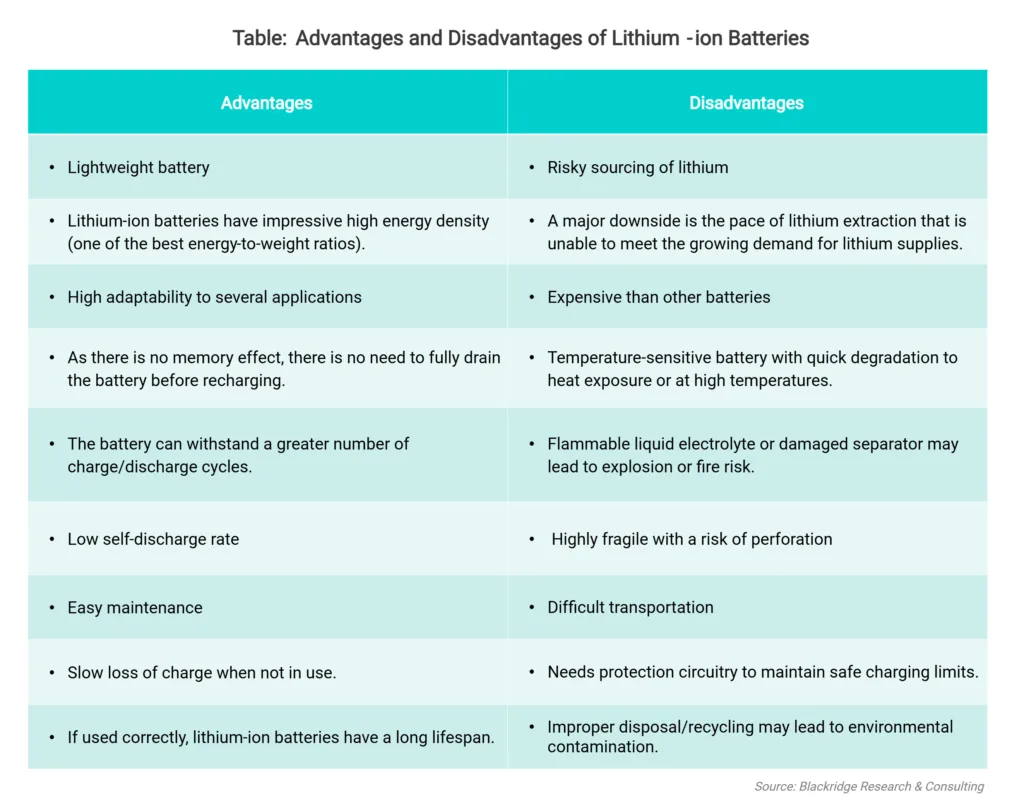
5. Why Choose Humsienk, PKNERGY, or Coolithium?
Humsienk
- Strengths: 15,000 cycles, UN38.3/CE certified, 5-year warranty.
- Vietnam Presence: Imported from China but widely distributed via local partners.
PKNERGY
- Strengths: Modular expansion, 10-year warranty, compatible with solar inverters.
- Market Fit: Popular in urban areas for rooftop PV integration.
Coolithium
- Strengths: 15+ years of expertise, UL/IEC certifications, localized support teams.
- Unique Value: Specializes in high-humidity environments (e.g., Mekong Delta) with IP67 protection and thermal management.
6. LiFePO4 Challenges & Alternatives
While LiFePO4 outperforms lead-acid in lifespan and safety, note:
- Upfront Cost: ~2x higher, but lower lifetime cost.
- Local Alternatives: VinES (Vietnam’s first LFP factory) and hybrid sodium-ion batteries are emerging.
7. Are LiFePO4 Batteries Made in Vietnam?
Most are imported, but local production is growing:
- VinES (VinFast’s subsidiary) partners with China’s Gotion High-Tech for LFP batteries10.
- Coolithium collaborates with Vietnamese distributors for assembly and servicing, reducing lead times.
Final Tips for Buyers
- Certifications Matter: Prioritize UN38.3, CE, UL (e.g., Humsienk, Coolithium).
- Local Support: Coolithium offers on-site installation guides; PKNERGY provides Vietnamese-language technical support.
- Warranty: Opt for 5+ years (Humsienk: 5 years; Coolithium: 5-10 years).
- Scalability: Ensure compatibility with solar/wind systems (PKNERGY’s modular stacks).
Explore Trusted Suppliers:
- Humsienk: www.humsienk.com
- PKNERGY: www.pkenergy.com
- Coolithium: www.coolithium.com (15+ years, UL/IEC certified)
By aligning with certified suppliers and understanding Vietnam’s energy landscape, a 5kWh LiFePO4 battery can be a resilient, cost-effective investment for years to come.

